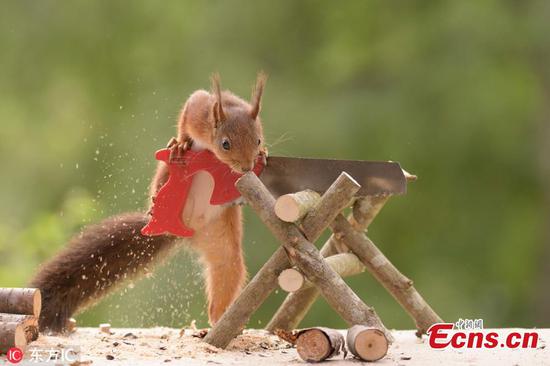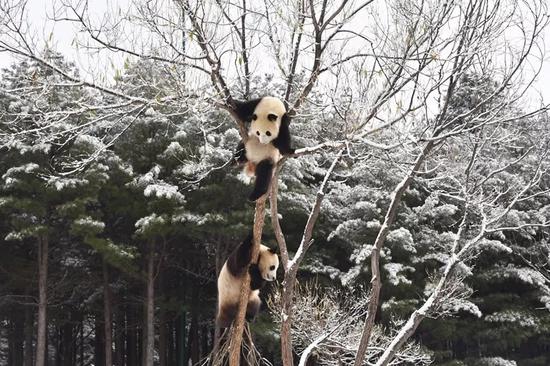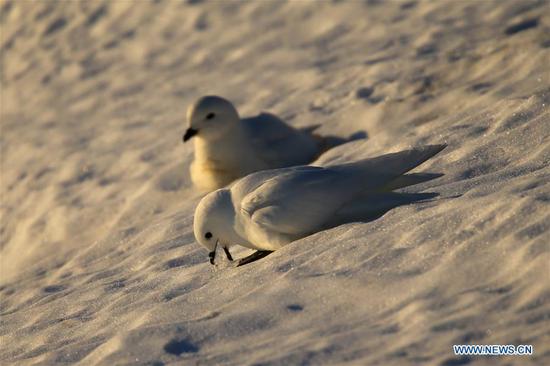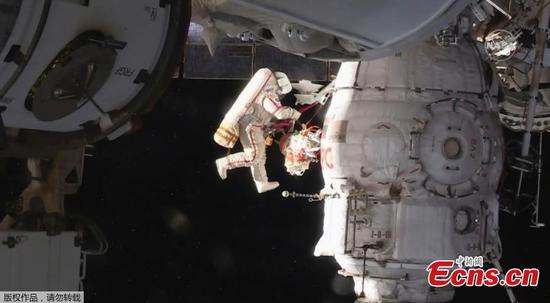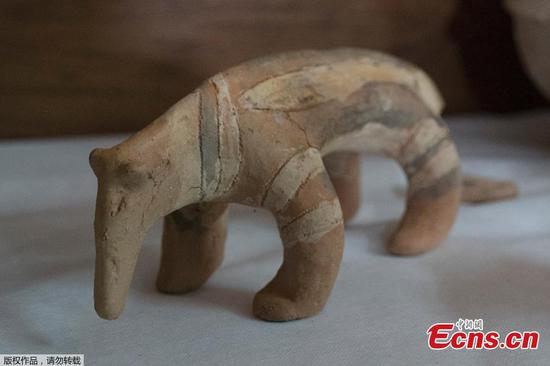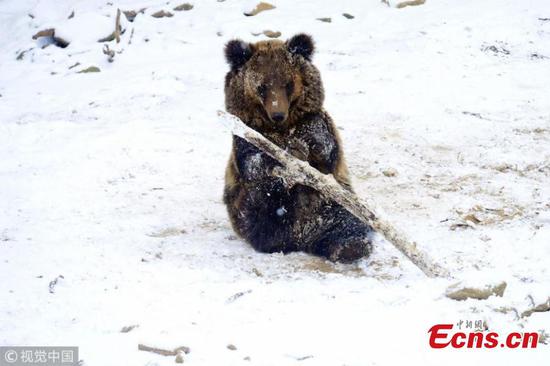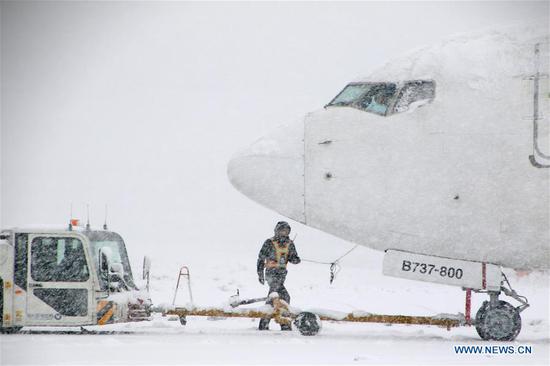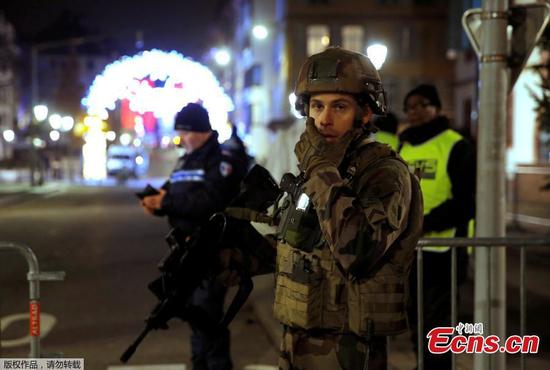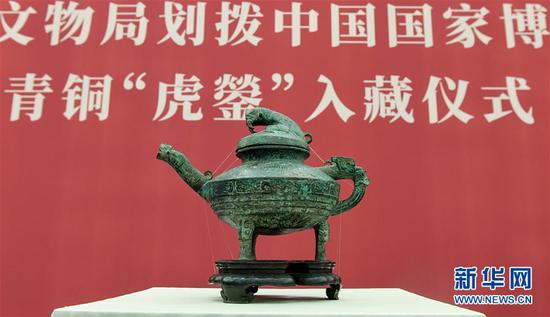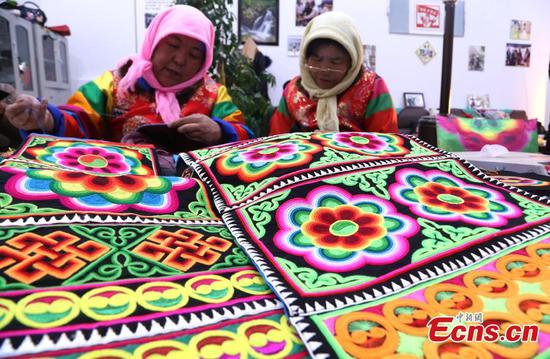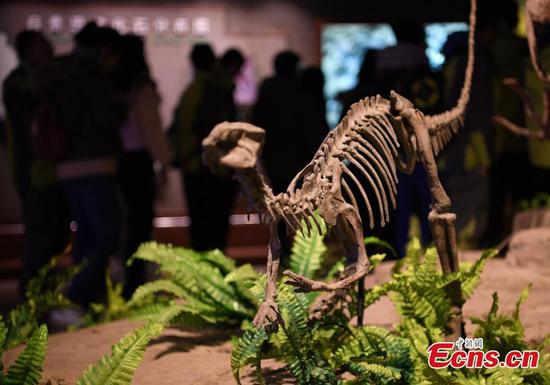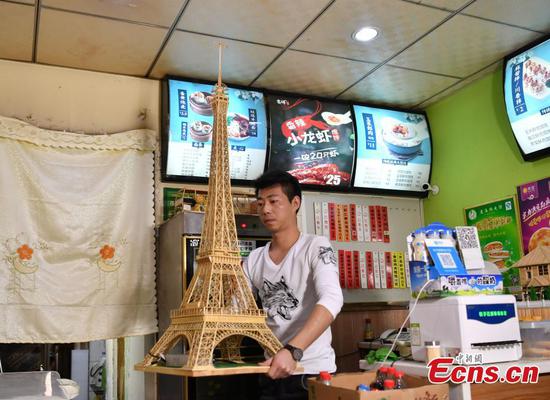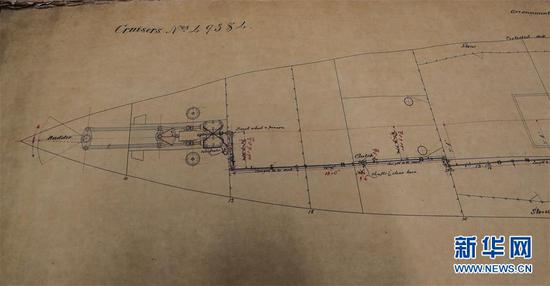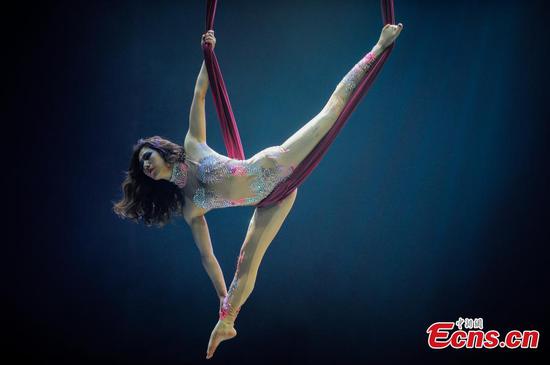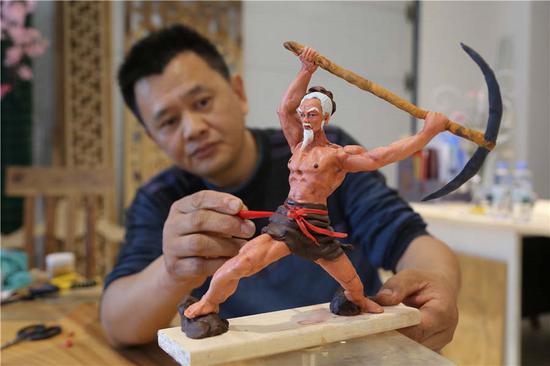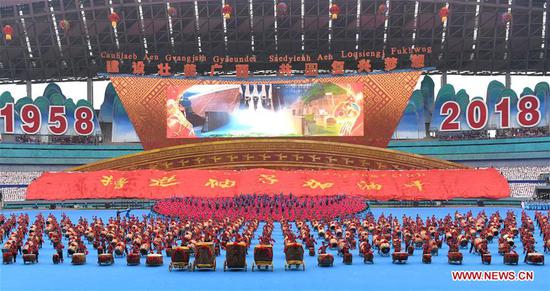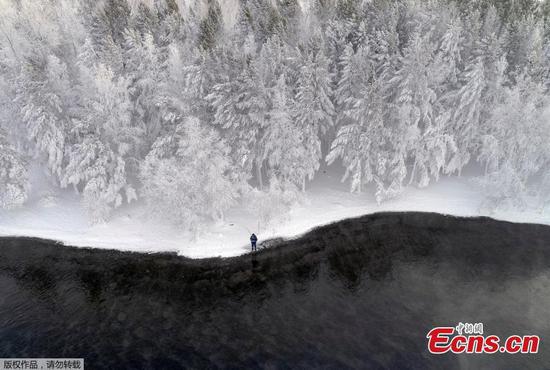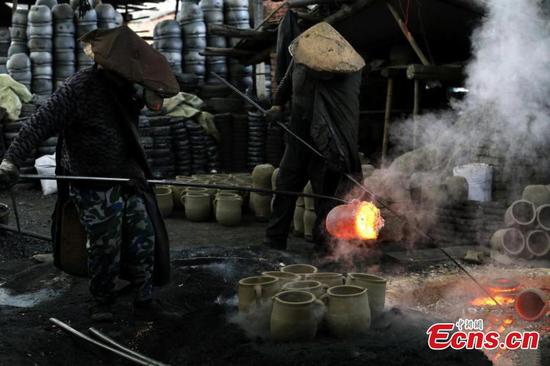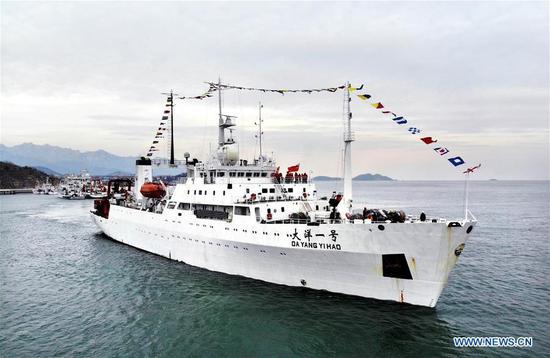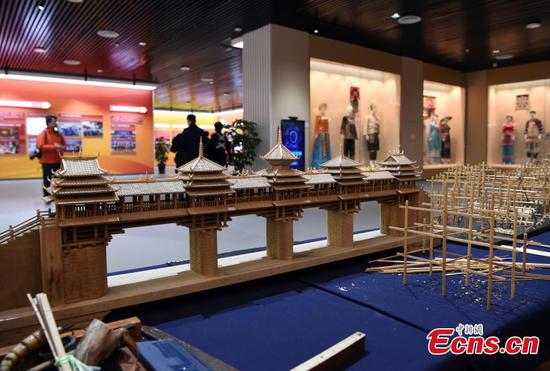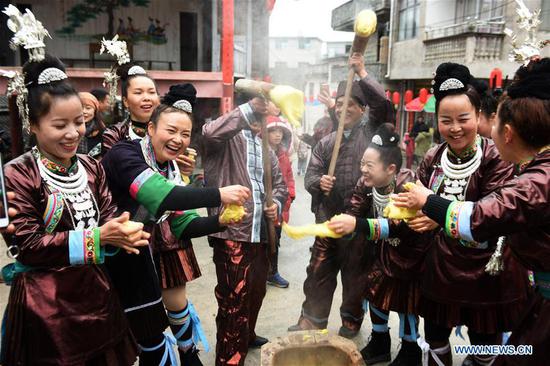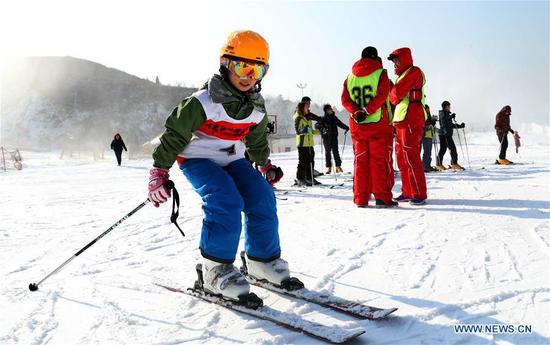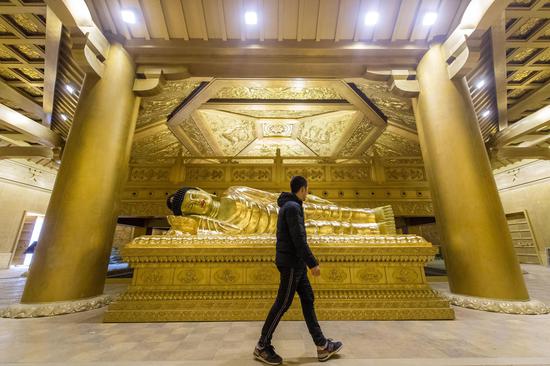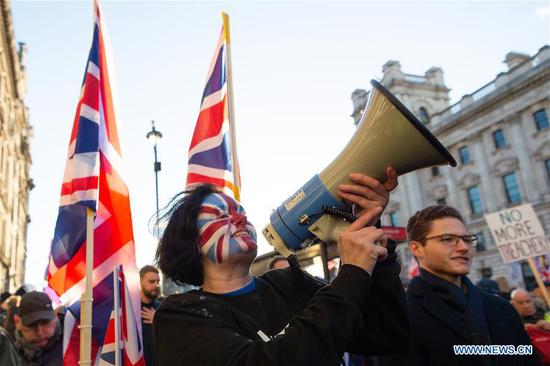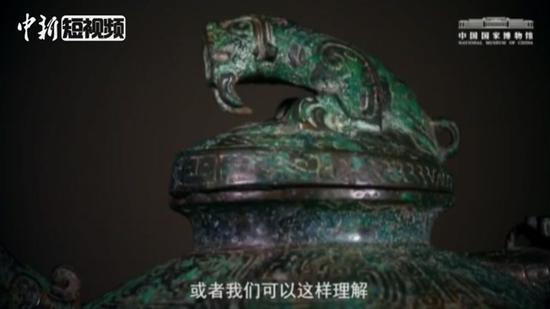Inheritance
Visitors walking through several grape trellises in a courtyard in Saya Telik village will see a single-story building of about 200 square meters that acts as a museum of the Huerjia people.
Hanging on a wall are dozens of photos of their forefathers and the renowned translators. On the opposite wall, farming tools and other items used by the Han and their neighbors are displayed on several shelves.
A TV hanging on the central wall plays a drama performed by the villagers relating how their ancestors settled down in Hongdun.
In addition to the TV, there is a kang covered by a Kazakh-patterned blanket.
The kang belonged to Cao Guangyou, the third generation of a Huerjia family named Cao. He was the grandfather-in-law of Li Hongxiu, the owner of the folk museum.
"After I married and moved in with the Cao family, grandfather told me many stories about the Kazakhs," said Li, who moved from Qinghai province to Hongdun in 1966 at age 12 and married Cao Zhongwei, a fifth-generation Cao, in 1972.
Cao Zhongwei's grandfather was a renowned figure in the village. During the invasions in the 1920s, he evaded capture by hiding in the home of a local Kazakh.
As a result, the two became good friends. When the Kazakh man died, Cao Guangyou helped raise his three sons, treating them as his own children, building houses for them and helping them find wives.
The three Kazakh sons are recorded in the Cao family genealogy, which starts with the first generation in Hongdun.
"Grandfather often told us that it was the protection offered by the Kazakh man that allowed us to survive in this land," said Li, 65, who also helped to raise several orphaned Kazakh boys in the area.
Li came up with the idea of collecting old items in the 1990s, when she noticed a saddle that had been used by grandfather Cao.
"He learned horse riding from the Kazakh man, and it is a family treasure," she said.
The second item in her collection was the manual sewing machine that belonged to her grandmother-in-law. "She was the village tailor; she made clothes for the Kazakhs and they sent us legs of lamb in return," she said.
When other villagers heard of Li's idea, they brought old items to her. Now she has 300 pieces.
Li leads every visitor to Hongdun through the grape trellis in her yard to the museum and relates the distant stories behind the collection.
Aybek Askhar and Mao Weihua contributed to this story.









